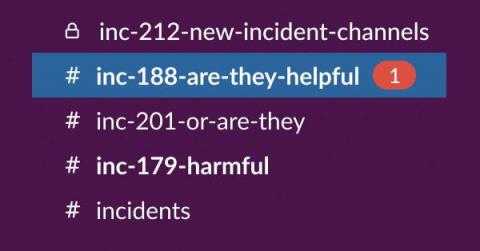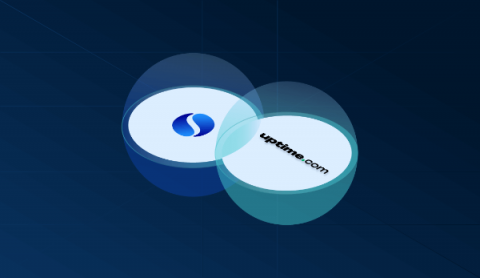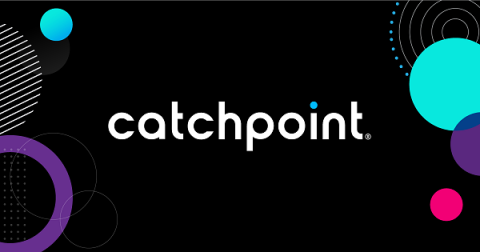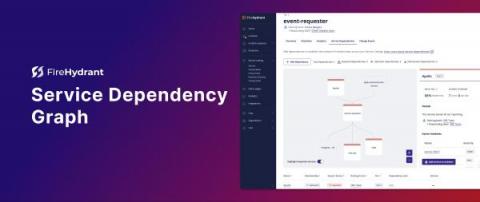PagerDuty Service Standards helps organizations better configure services at scale
Service ownership, a DevOps best practice, is a method that many companies are pivoting towards. The benefits of service ownership are varied and include boons such as bringing development teams much closer to their customers, the business, and the value being delivered. The “build it, own it model” has tangible effects on customer experience, as developers are incentivized to innovate and drive customer-facing features that delight.











